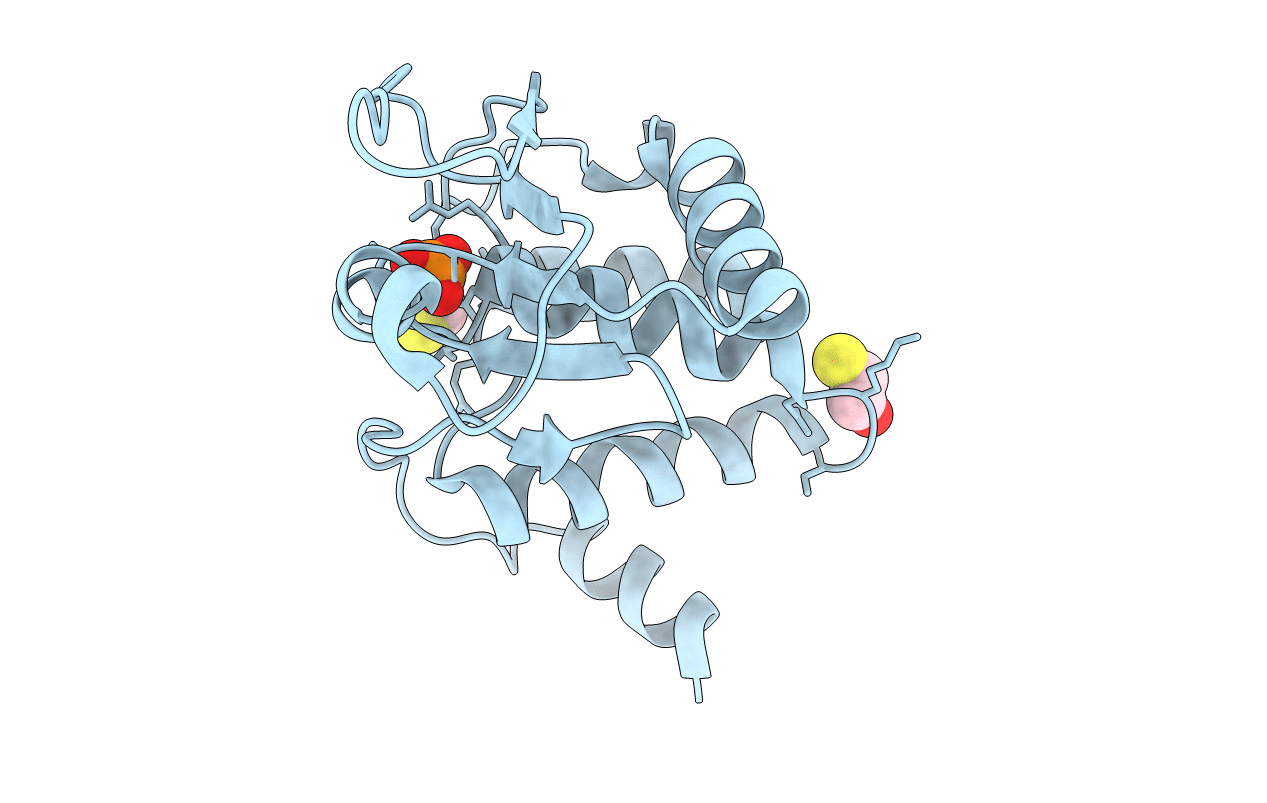
Deposition Date
2008-03-20
Release Date
2009-02-10
Last Version Date
2023-08-30
Entry Detail
PDB ID:
3CM3
Keywords:
Title:
High Resolution Crystal Structure of the Vaccinia Virus Dual-Specificity Phosphatase VH1
Biological Source:
Source Organism:
Vaccinia virus (Taxon ID: )
Host Organism:
Method Details:
Experimental Method:
Resolution:
1.32 Å
R-Value Free:
0.18
R-Value Work:
0.17
R-Value Observed:
0.17
Space Group:
C 2 2 21


